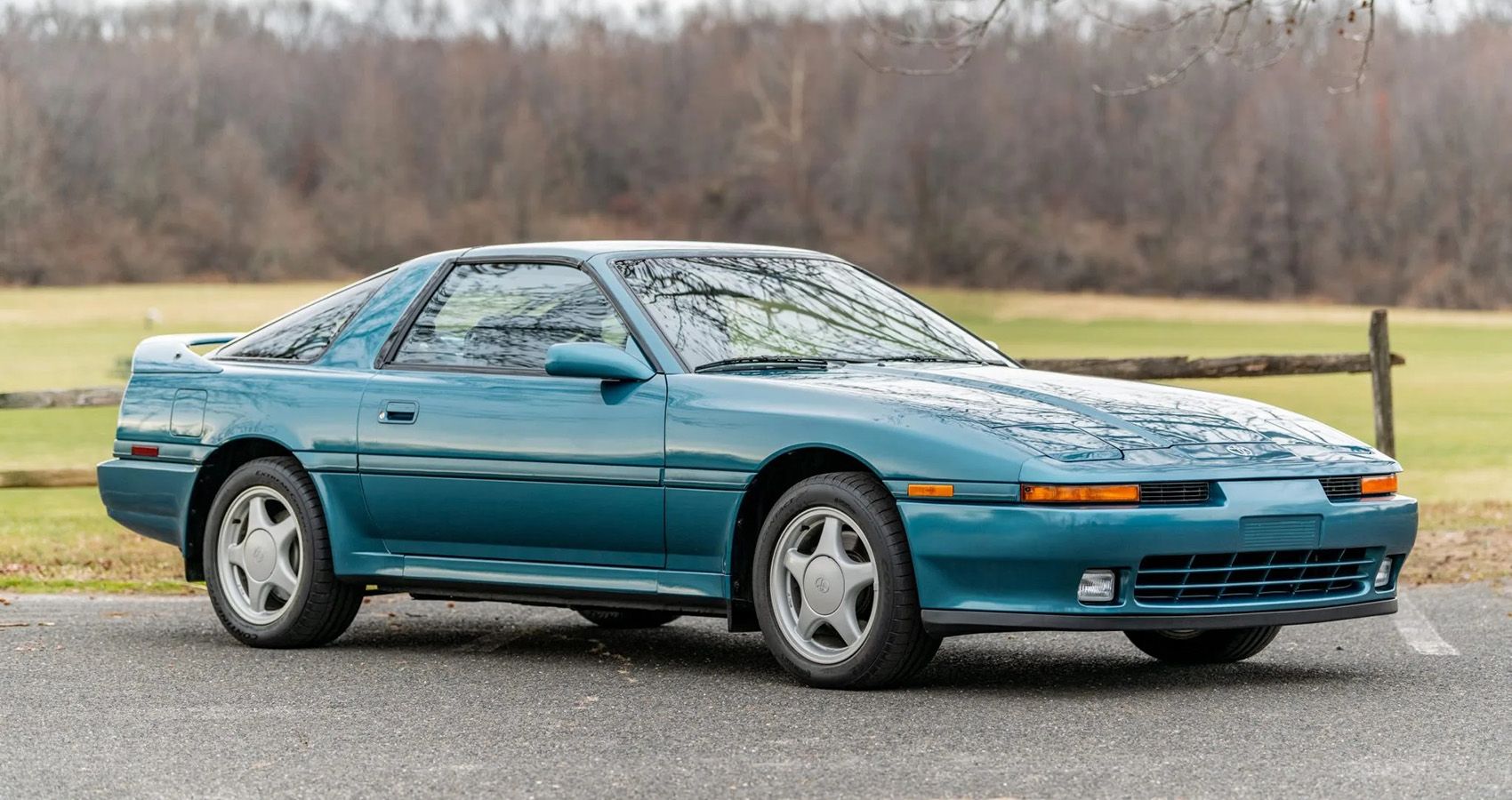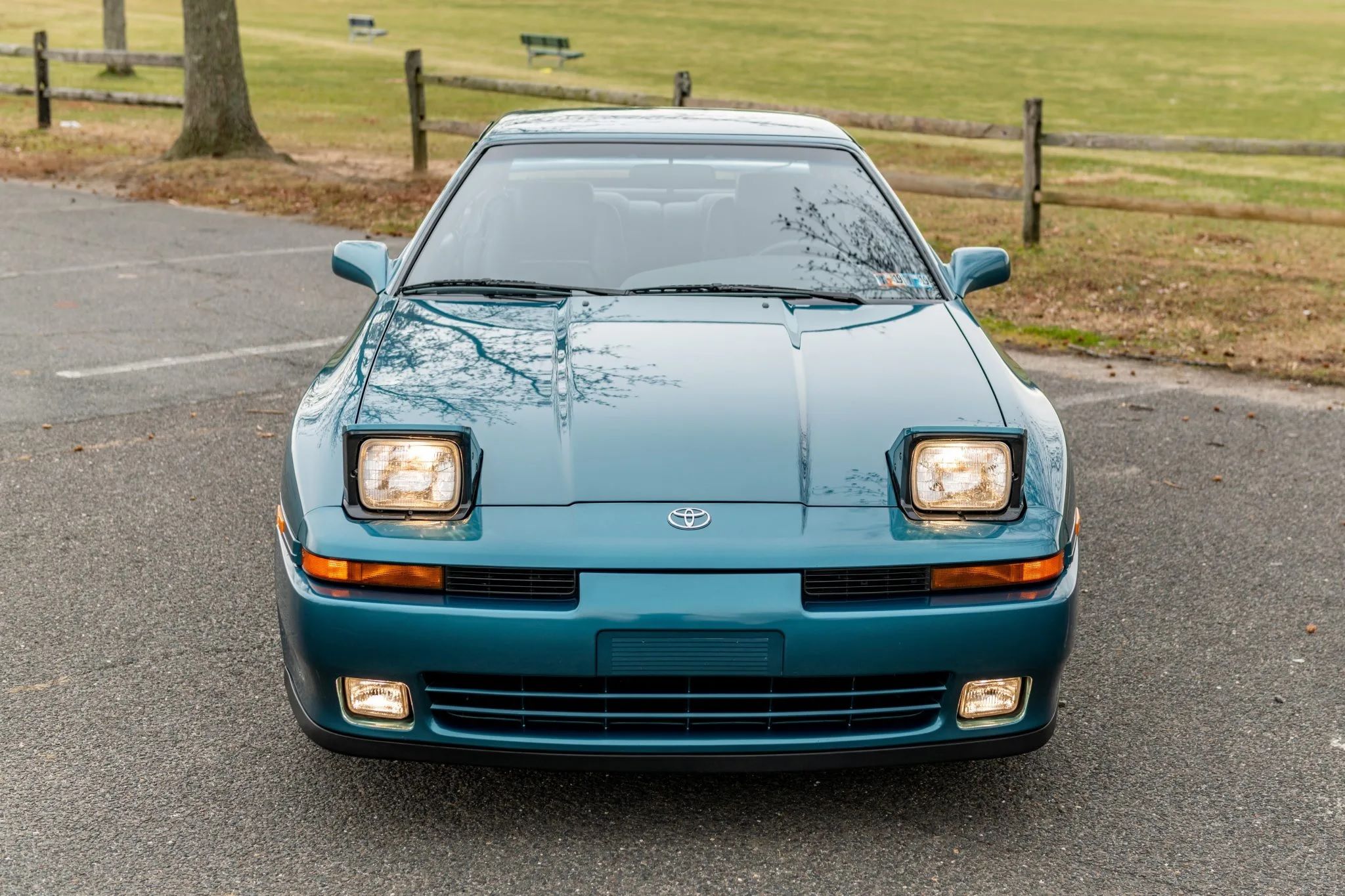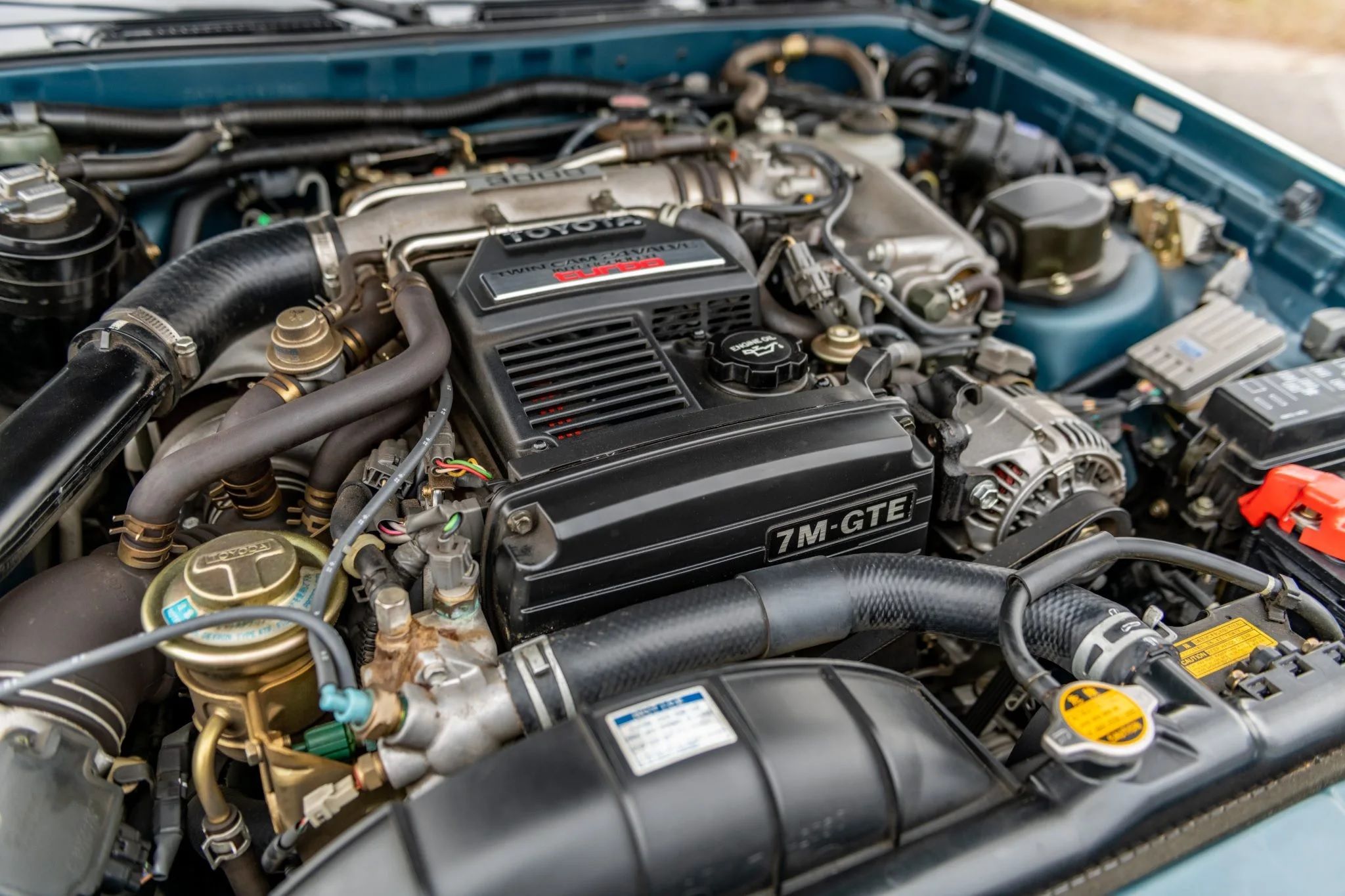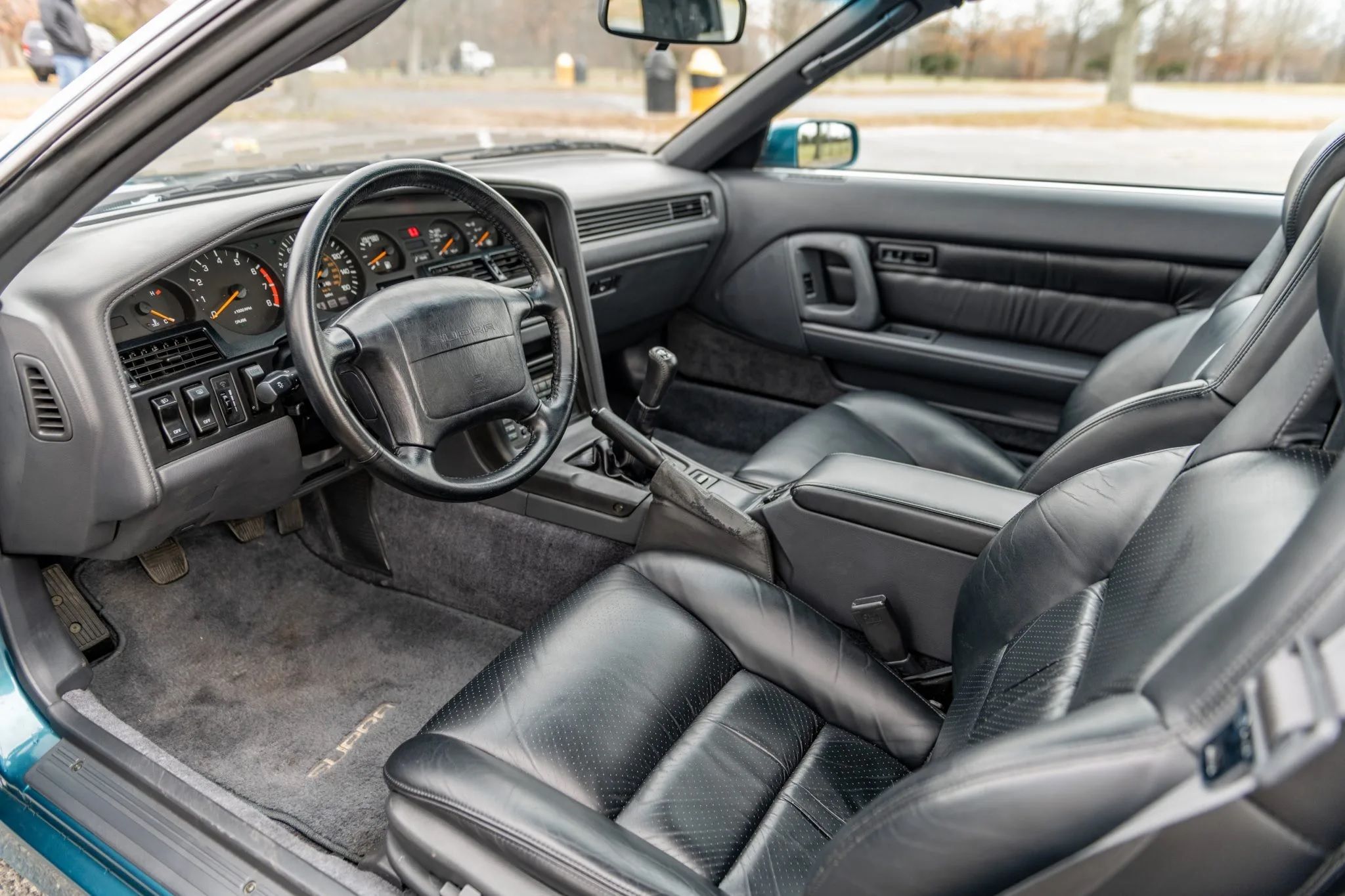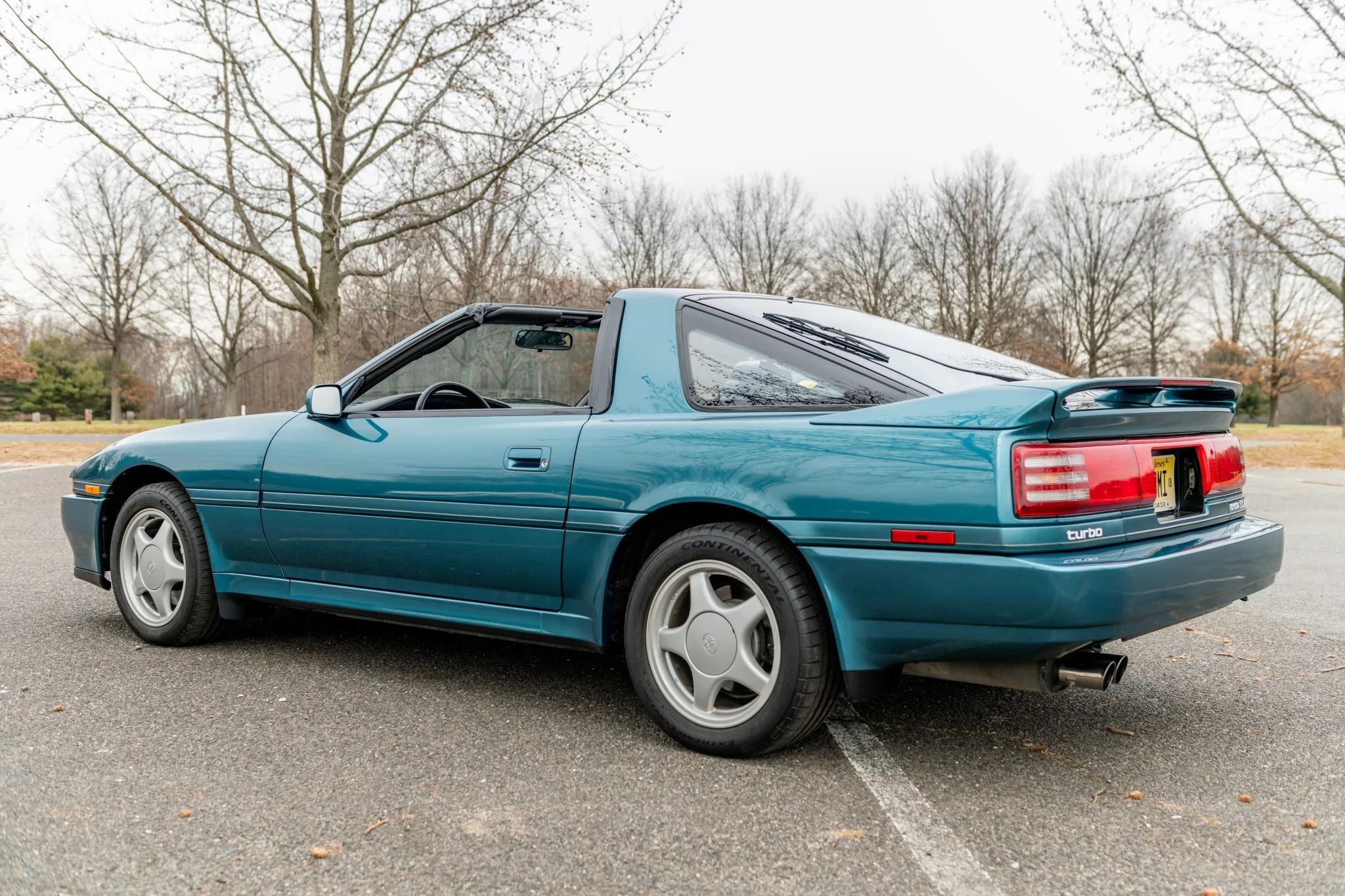In 1978, Toyota unveiled the first-ever Toyota Supra. Sold as the Celica XX, the Toyota Supra is quite popular for its speed, decent throttle response, and more. Before the Supra became as famous as it is today, and long before joining the fast and furious franchise to become an iconic Hollywood racecar in the early 2000s, it sold alongside the Celica on the Japanese market in its first production year, before finally making its way to the U.S. the subsequent year.
The Toyota Supra was released to carry on the amazing legacy left by the 2000 GT, and the first three generations of the Supra line were offered as descendants of the M engine from the 2000 GT. However, its design and styling cues were based on the Celica liftback design, only longer and wider. But what separates the Supra from the Celica is the engine?
The vehicle was available with manual and automatic transmission, and was standard with 4-wheel disc brakes and an independent suspension system. Except for the addition of luxury items such as optional leather seats and automatic climate control, the Supra remained unchanged for ages. That was up until the third-generation Supra, nicknamed the ‘Mk3’, came along. After so many years of shadowing the Celica, the Toyota Supra Mk3 sprung as a freestanding model, separate from the Celica lineage.
We take a look at how the Toyota Supra Mk3 has progressed over the years. Read on as we discuss the ever-so-evolving design, powertrain, and all other features that made the Mk3 cool.
The Toyota Supra Mk3’s Debut
The third-generation Toyota Supra made its first public appearance in 1986. It was the first time the Supra broke free and became independent of the Celica family. While the Celica became a front-wheel-drive sports coupe, the Supra retained its rear-wheel-drive configuration. And although the 1986 Toyota Supra was the third generation of Toyota's big six-cylinder sports coupe, it was also the first Supra sold under that name in the Japanese market.
The vehicle was originally slated as a 1986 model, but due to production delays, the Sports car was introduced mid-year, leading to the 1986.5 designation. It flaunted an amazing exterior design, which featured uniquely-slanted front windshield pillars, wider center pillars, and a curved rear end.
With so much on offer, the third-generation line went on and became a showcase for Toyota technology. Under the hood, the third-generation Supra was equipped with a 3.0-liter DOHC inline-6 engine that made 200 horsepower and 196 lb.-ft of torque. The third generation Supra came in a stylish 2+2 arrangement with a foldable glass hatch and small rear seats. Although somewhat shorter than its predecessors, the Mk3 was nearly 375 pounds heavier, since it included lots of equipment, such as an optional removable Sport-Roof panel and all structural reinforcement needed to operate it.
Another notable feature was the Electronic Modulated Suspension, which was electronically controlled independent suspension. Toyota made 33,283 units of the Supra Mk3 in the 1986 model year.
The Turbocharged Mk3 Model Enters The Market
The first Turbocharged Supra came in 1987. It had an inter-cooled, turbocharged version of the 3.0-liter inline-6 engine, which improved power output to 230 horsepower and 246 lb.-ft of twist. For the 1987 model year, the Turbocharged Supra came with an engine oil cooler and integrated rear spoiler. It could achieve a top speed of 150 mph. The vehicle also had a standard sports package, which included headlamp washers, a limited-slip differential (LSD), and the Electronic Modulated Suspension system. For a few extra bucks, users could unlock an Anti-Lock Braking System (ABS). About 29,907 Supras were made in 1987.
In 1988, Toyota made a few changes to the Supra line. First, the Supra dropped the cloth and adopted Vinyl interior material. Second, the optional Beige/Brown two-tone paint was no longer available. A few changes were made to the engine for some engine-muffling benefits. But power output remained the same, as did the design. About 19,596 units left the production line that year.
The Mk3 Toyota Supra: The 1989 Model Year Introduced A Fresh Face
The Supra was revised with a new grille, rear spoiler, and taillights for 1989. The engine also received some changes to the turbo, the intake, and the wastegate. These changes boosted the power rating by about 2 horsepower and 8 lb.-ft of torque. This was the last time Toyota would work on the engine in the Mk3 line. Despite all the equipment, the engine's full power was offset by the considerable weight of the Supra. This made the supra a little faster than some lighter counterparts, like the Porsche 924S.
For a smoother ride, the brand also increased the rear suspension system rates. Also, the cruise control feature was moved from the column-mounted stalk to the wheel spokes.
The Mk3's Final Years Came With Decrease In Sales
Compared to the previous year, production numbers of the 1989 model decreased to 14,544 units. The following year, Toyota brought cruise control back into the stalk, driver-side airbags became a standard feature, and fluid-filled engine mounts were included. Despite all efforts to put the Mk3 in the lead, production numbers continued to drop to 6,419 units for the 1990 model year.
The ABS became standard on all turbo models in 1991, as well as the 5-spoke wheels with Goodyear GS-D Z-rated tires. Toyota introduced the out-sliding power sunroof feature as an optional feature on all 1991 models. No changes were made to the Supra in 1991 in regard to its powertrain and drivetrain. Production numbers dropped to 3,623, nearly half of the previous year’s sales. In 1992, the last year of the third-generation line, the brand produced only 1,193. As a last farewell to the MK3, Toyota revised the automatic transmission shift points. It stood against the Mazda RX-7 and the 1992 Nissan Fairlady.

